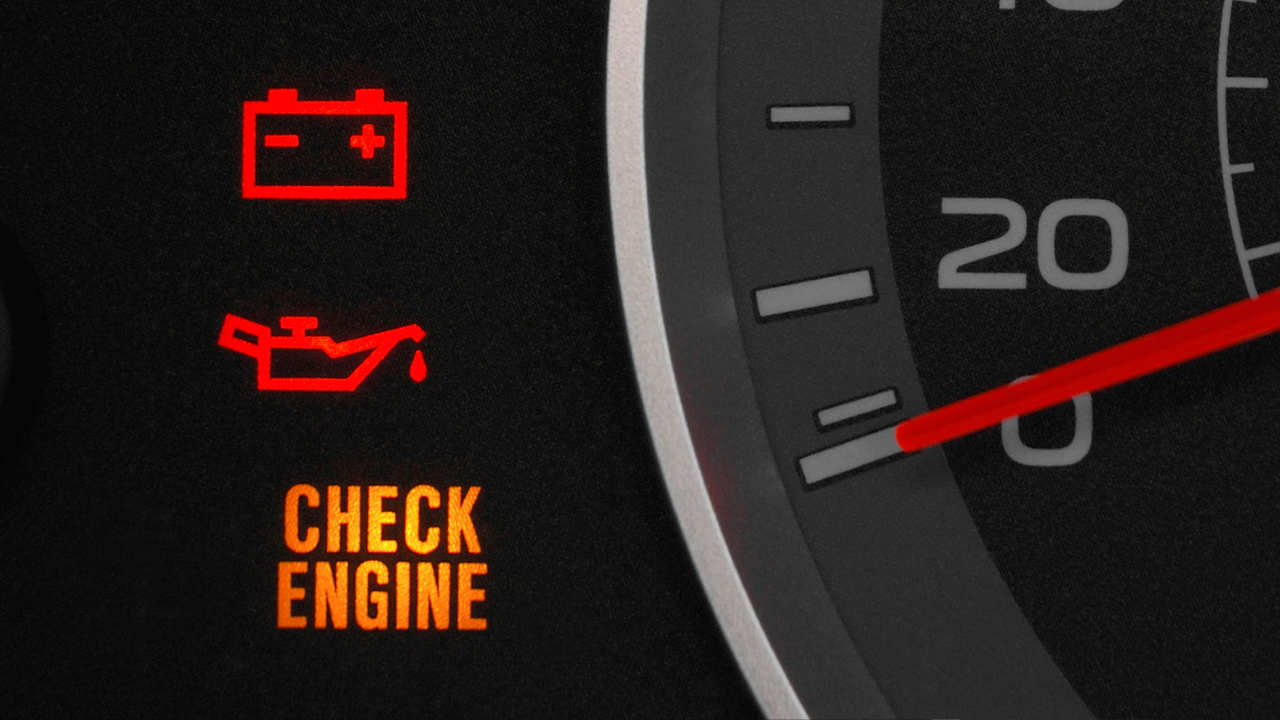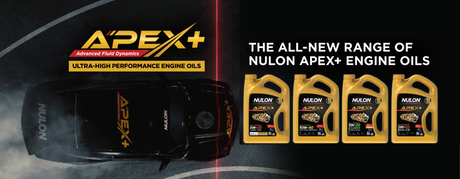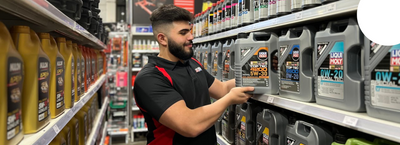The check engine light (CEL) can be alarming, but it doesn’t always mean an immediate emergency. It’s a warning sign from your car’s onboard diagnostics system (OBD-II) that something needs attention. While it’s important not to ignore it, understanding what to do when the light comes on can save you time, money, and potential engine damage. Being proactive in addressing the issues associated with the CEL can help maintain your car's longevity and ensure it operates efficiently.
Common Reasons for the Check Engine Light
-
Loose or Faulty Gas Cap
A loose or damaged gas cap is one of the most common reasons for the CEL to light up. A loose cap can cause a loss of pressure in the fuel system, leading to a check engine warning. It’s a simple fix, but it’s essential to ensure that the cap is properly tightened and in good condition. -
Oxygen Sensor Failure
The oxygen sensor monitors the level of oxygen in your exhaust and helps your car’s computer adjust the air-fuel mixture for optimal performance. If the oxygen sensor fails, it can reduce fuel efficiency and cause engine damage over time. It may also lead to increased emissions, which can fail an emissions test. -
Faulty Spark Plugs or Ignition Coils
Spark plugs and ignition coils are crucial for proper engine performance and fuel economy. A misfire or weak spark from a faulty ignition component can cause rough idling, poor acceleration, and increased fuel consumption. -
Catalytic Converter Issues
The catalytic converter helps reduce harmful emissions by converting them into less harmful substances. When it fails, you may notice a decrease in engine performance, poor fuel efficiency, and increased exhaust emissions. Repairing or replacing a faulty catalytic converter can be expensive, so it’s best to address the issue early. -
Mass Airflow Sensor Problems
The mass airflow sensor measures the amount of air entering the engine and helps the car’s computer adjust the fuel injection rate. If the sensor malfunctions, it can lead to poor acceleration, stalling, and reduced fuel efficiency. Replacing a mass airflow sensor can be a relatively simple repair, but it’s vital for maintaining engine health. -
Battery or Alternator Issues
Electrical problems, such as a failing battery or alternator, can sometimes trigger the CEL. These components are essential for powering the vehicle's electrical systems, and a malfunction can cause other issues, such as dimming lights or trouble starting the engine.
Steps to Take When the Check Engine Light Comes On
Step 1: Check for Immediate Issues
When the CEL comes on, it’s important to assess the situation immediately. If the light is flashing, this indicates a severe problem, like a misfire or engine malfunction that could cause significant damage, particularly to the catalytic converter. If the light is steady, the issue may be less urgent but still requires attention.
Step 2: Tighten the Gas Cap
Start by checking your gas cap. If it's loose or damaged, tightening or replacing it may turn off the light. In many cases, a loose gas cap is enough to trigger the CEL, and you may find that the light disappears after a few driving cycles once the issue is resolved.
Step 3: Use an OBD-II Scanner
An OBD-II scanner is a valuable tool that can read the diagnostic trouble codes (DTCs) stored in your car’s computer. These codes give you specific information about the problem, helping you determine the root cause. Many auto parts stores offer free OBD-II scans, or you can purchase your own scanner for future use. This can be a fast and efficient way to narrow down the issue.
Step 4: Inspect Visible Components
While the problem may not always be visible, it’s worth taking a quick look at some accessible parts under the hood. Inspect the spark plugs, ignition coils, and wiring for any visible damage, such as fraying or disconnections. If the components are easily accessible, this may save you time by avoiding a trip to the mechanic.
Step 5: Decide Whether to Drive or Tow
If the CEL is steady and the car is driving normally, it’s usually safe to continue driving, but you should schedule a repair soon. If the car is experiencing issues such as rough idling, poor acceleration, stalling, or strange noises, it’s best to pull over and seek professional help. Continuing to drive in such conditions could cause further damage to your vehicle and lead to more costly repairs.
Step 6: Get a Professional Diagnosis
If you cannot identify or fix the problem on your own, or if the issue persists after addressing simple fixes, it’s time to consult a professional mechanic. A certified mechanic can perform a thorough diagnostic to pinpoint the issue accurately. Early intervention can help prevent small problems from turning into expensive repairs, and it can keep your engine running smoothly.
Final Thoughts
The check engine light doesn’t have to cause panic. By following these steps and understanding the potential causes of the CEL, you can make informed decisions about whether your vehicle requires immediate attention. Some issues may be simple to fix, while others might require professional help. Regular maintenance and early diagnosis of problems are essential for keeping your car running efficiently and extending its lifespan. Don’t wait until the problem worsens—address issues as they arise to avoid costly repairs in the future.
Need Diagnostic Tools or Replacement Parts?
If you're looking to troubleshoot or replace parts, visit our online store for top-quality auto parts, diagnostic tools, and expert advice to keep your vehicle in top condition. Whether you're a DIY enthusiast or need professional-grade tools, we've got everything you need to get your car back on the road.









